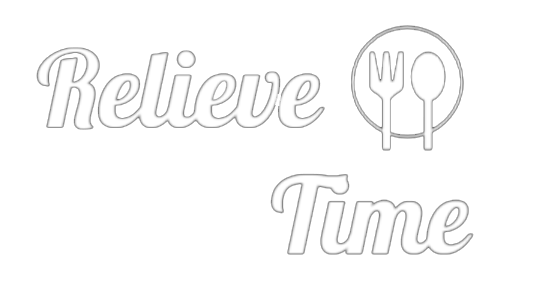Event Shines Spotlight On New York Cab Franc
Cabernet franc is New York’s most widely planted red vinifera grape variety, with 638 acres under vine. Cab Franc Forward NY, a grassroots initiative driven by the wineries, aims to establish cabernet franc as the state’s signature red grape and elevate it on the global wine stage.
Cab Franc Forward NY organized a tasting on Feb. 4 in Manhattan with 35 New York wineries to showcase the varietal. The event included a masterclass and panel hosted by sommelier Yannick Benjamin.
The panelists — Jhonel Faelnar (NAEUN Hospitality), Josh Nadel, MS (NoHo Hospitality) and Amy Racine (JF Restaurants) — emphasized the grape’s natural affinity for New York’s diverse terroir, and its versatility, ranging from sparkling to fruit-driven reds and age-worthy expressions. “There’s tremendous consistency when it comes to quality and freshness,” said Nadel.
Each region and producer in New York offers so many different expressions of cab franc, said Faelnar. Plus, “it’s always an amazing food wine,” one that lets other flavors shine on the palate without overpowering them.
Panelists at the Cab Franc Forward NY masterclass, from left: Jhonel Faelnar (NAEUN Hospitality), Amy Racine (JF Restaurants), Josh Nadel, MS (NoHo Hospitality) and moderator, sommelier Yannick Benjamin.
The state’s main wine regions include the Finger Lakes, Hudson Valley and Long Island. Cabernet franc from the Finger Lakes boasts bright red fruits and high acid, while Hudson Valley expressions tend to be more herbaceous and fresh thanks to the influence of the Hudson River and moderate temperature extremes.
The Atlantic Ocean influences Long Island’s maritime climate, while its sandy soils provide good drainage. There can be quite a bit of difference in the growing conditions of different wines from Long Island, said Nadel.
“Everyone loves to talk about the different soils in France,” he added. “There is just as rich and rewarding conversation to have about these wine regions.”
Spreading the word
New York cabernet franc has been gaining recognition for its quality and value, supported by the state’s multigenerational family wineries and commitment to sustainable practices. But Faelnar noted that all tiers of the beverage alcohol industry, from the producers and distributors to the retailers and sommeliers, need to communicate how and why the state is the best wine region in the U.S. for cab franc.
Racine, who started her career on the West Coast, admits she was not too impressed with New York wine about 15 years ago. But after moving to New York, she attended a tasting featuring the state’s wines and thought they were incredible. “Guests have the same reaction” when introduced to New York wines, she added.
Cab franc in particular is so expressive and comes in so many shapes and styles, Racine said. “And the value of New York cab francs is awesome — a fraction of the price of their counterparts from around the world.”
Cabernet franc is the most widely planted red grape in Cabernet franc in New York.
People have been more open to trying and discovering new things in the past five years, said Nadel, which should help with generating interest in New York cab franc. It presents a unique opportunity for New York retailers and restaurants.
For instance, when in Italy, you drink the wine of that region. ”Everybody is over the moon about eating local,” Nadel said. “There’s no reason that should stop when you’re thinking about wine.”
The event’s grand tasting showcased wines from across New York’s wine regions, featuring releases from Apollo’s Praise, Atwater, Bedell, Boundary Breaks, Bridge Lane, Buttonwood Grove and Six Eighty, Clovis Point, Damiani, Dr. Konstantin Frank, Elysabeth, Fjord, Hermann J. Wiemer, Horses by Macari, Keuka Spring, Lakewood, Lamoreaux Landing, Living Roots, Macari, McCall, Milea Family Estate, Millbrook, Old Sound, OnaBay, Paumanok, Raphael, Ravines, Red Hook, RGNY, Roanoke, Sheldrake Point, Suhru & Lieb, Trestle Thirty One, Wagner, Whitecliff, and Wölffer Estate.
The post Event Shines Spotlight On New York Cab Franc appeared first on Cheers.
